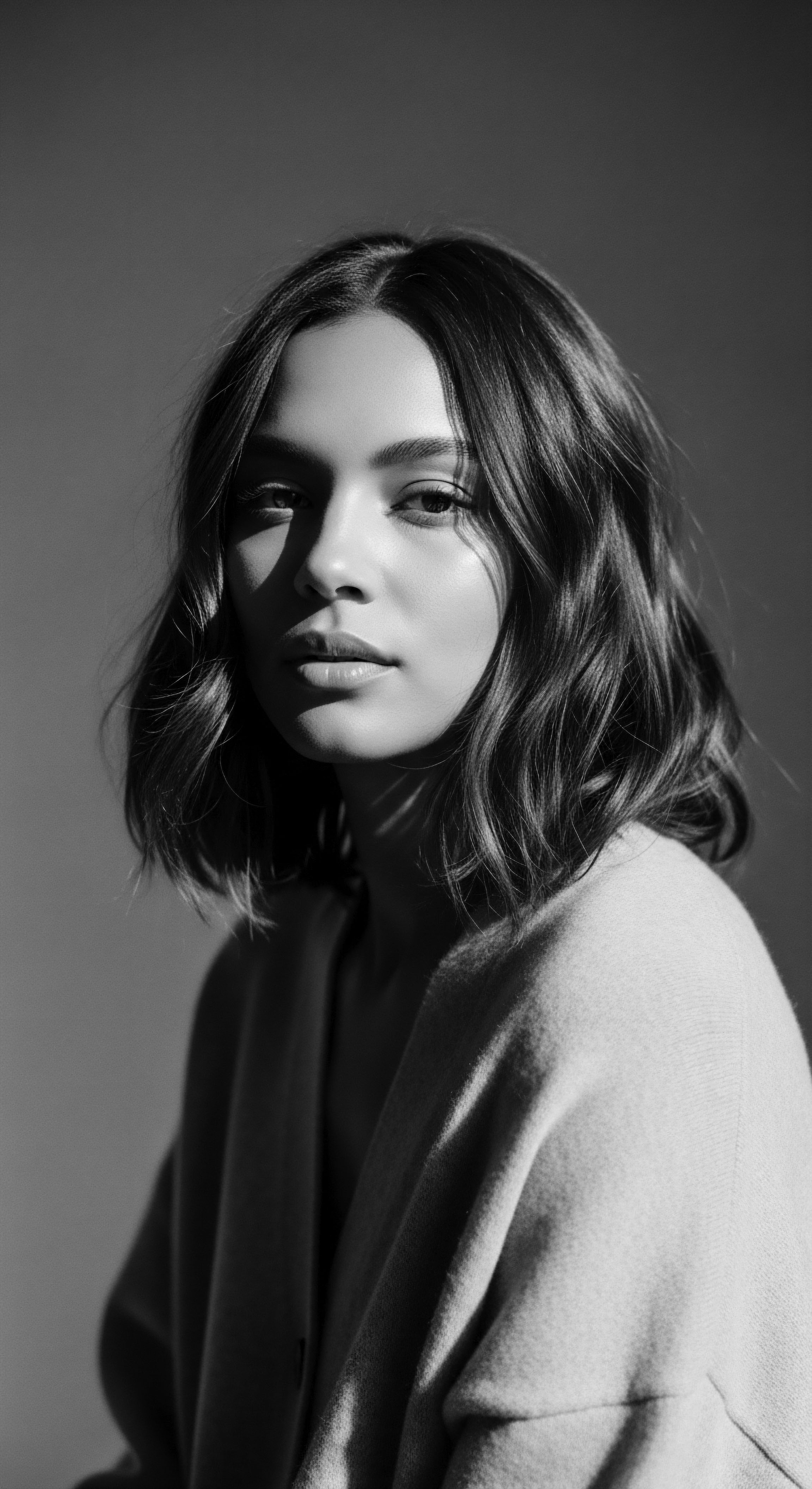
Roots
For generations, the stories of our hair have been whispered through ancestral lines, each coil and curl a testament to enduring legacies. Consider the very earth beneath our feet, particularly the ancient, mineral-rich Rhassoul clay, and its historical relationship with the unique structure of textured hair. This journey delves into the geological origins of Rhassoul clay, tracing its path from the heart of the Atlas Mountains to the hands that have traditionally cared for Black and mixed-race hair. It is a profound exploration of how the earth’s bounty, specifically this remarkable clay, has long served as a silent, steadfast ally in maintaining the strength and vitality of hair that defies simple categorization, hair that carries the weight and beauty of heritage.
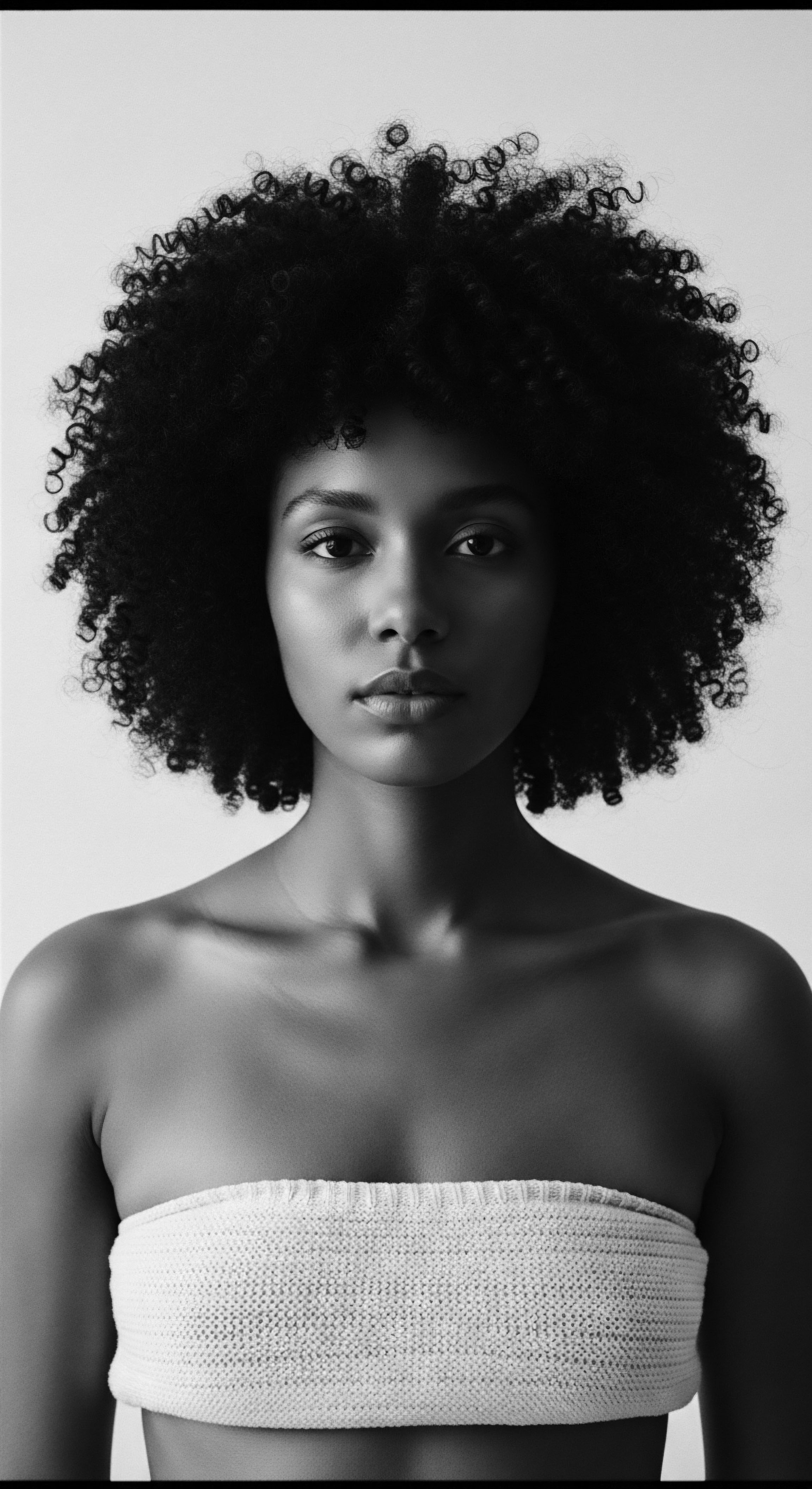
The Earth’s Gift to Textured Hair
Rhassoul clay, also known as Ghassoul, hails exclusively from the sun-drenched valleys of Morocco’s Atlas Mountains, its name itself echoing its purpose, derived from the Arabic word “rhassala,” signifying “to wash”. This earth-born treasure, a volcanic rock, has been carefully extracted and refined for centuries, a practice often passed down through families. The distinctive mineral composition of Rhassoul clay, rich in silicon, magnesium, calcium, and potassium, sets it apart from other clays.
Silicon, present in Rhassoul clay at nearly 60%, and magnesium, at about 25%, are particularly noteworthy, with other clays rarely approaching these levels. These elements contribute to its exceptional capacity to cleanse and purify without stripping the hair of its essential oils, a characteristic of immense value for textured hair which naturally tends towards dryness.
Rhassoul clay, sourced from Morocco’s Atlas Mountains, holds a unique mineral composition that has historically supported the structural integrity of textured hair.

Understanding Hair’s Ancestral Blueprint
Textured hair, with its varied curl patterns, from gentle waves to tight coils, possesses a unique helical structure. This architecture, often characterized by its elliptical cross-section and fewer cuticle layers, renders it more susceptible to dryness and breakage than straighter hair types. Historically, communities with textured hair developed sophisticated care practices to counteract these tendencies, often relying on natural elements from their immediate environments. The ancestral wisdom recognized the need for gentle cleansing that would not deplete natural moisture, alongside nourishing treatments to fortify the hair strand.
Rhassoul clay, with its gentle yet effective cleansing properties, aligns seamlessly with these traditional care philosophies. Its negatively charged metallic elements attract and bind to positively charged impurities and excess sebum, allowing for a thorough cleanse without harsh detergents.
The application of Rhassoul clay in traditional Moroccan hammam rituals, a centuries-old practice, serves as a powerful illustration of this ancestral understanding. In these communal bathhouses, the clay was not merely a cleansing agent; it was a part of a holistic ritual of purification and self-care, a shared experience that reinforced community bonds and cultural identity. Berber women, for generations, have relied on this clay as a natural shampoo and conditioner, recognizing its ability to leave hair clean, soft, and manageable.
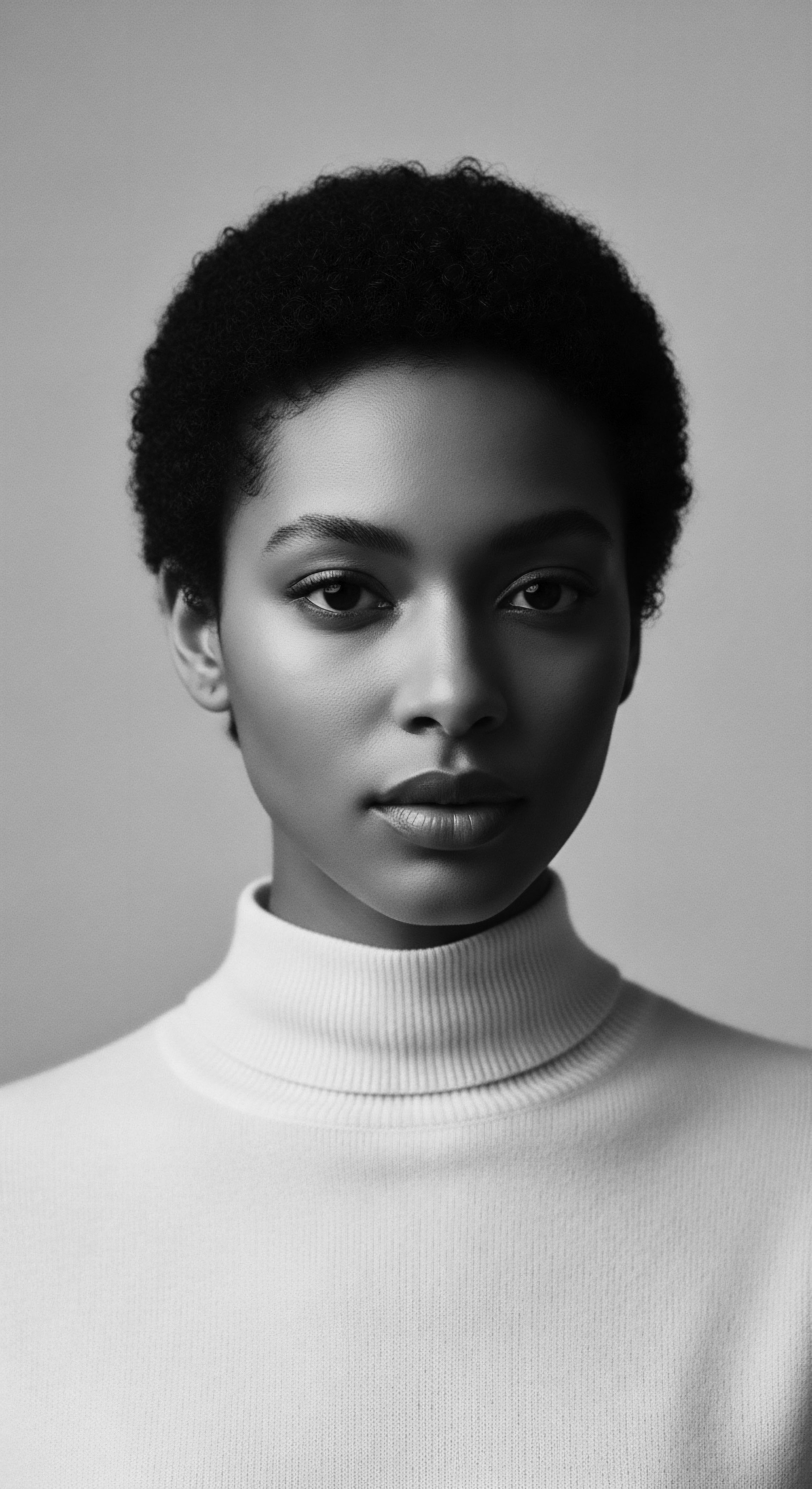
Minerals and Hair Structure
The mineral profile of Rhassoul clay offers specific benefits that speak directly to the unique needs of textured hair.
- Silicon ❉ This mineral strengthens hair shafts and promotes elasticity, helping to reduce breakage, a common concern for textured hair. It also contributes to a natural sheen.
- Magnesium ❉ Known for its soothing properties, magnesium can calm an irritated scalp and may encourage hair growth. It also assists in preventing calcium buildup on the scalp, which can hinder follicle health.
- Calcium ❉ This element is important for healthy hair growth and structure, strengthening hair follicles.
- Iron ❉ Rhassoul clay contains iron, which can revitalize dormant follicles and aid in hair growth by stimulating blood circulation in the scalp.
The synergistic action of these minerals within Rhassoul clay provides a comprehensive approach to hair health, aligning with the holistic views prevalent in ancestral care practices.

Ritual
As we delve deeper into the narrative of Rhassoul clay and textured hair, we find ourselves moving from foundational understanding to the living, breathing practices that have shaped its use through time. You, the keeper of your hair’s story, understand that true care transcends simple application; it is a ritual, a connection to traditions that echo through generations. This section explores how Rhassoul clay has been, and continues to be, woven into the rich tapestry of hair care rituals, honoring ancestral wisdom and adapting to contemporary needs, all while preserving its profound heritage.

Ancient Rites of Cleansing and Adornment
The historical use of Rhassoul clay extends beyond mere hygiene; it is deeply embedded in the cultural and spiritual practices of North African communities, particularly among Berber women. For centuries, this clay was a central element in pre-wedding ceremonies, communal hammam visits, and daily cleansing rituals, signifying purity, beauty, and preparation. The act of preparing the clay, often mixed with aromatic herbs such as orange blossom, lavender, myrtle, and chamomile, transformed it from a simple mineral into a potent elixir, imbued with intention and ancestral knowledge. This careful preparation and application reflect a deep respect for the natural world and its gifts, a sentiment that resonates with the Roothea ethos of ‘Soul of a Strand.’
Consider the meticulousness of these traditional practices. In the hammam, after a steam session opened the pores, Rhassoul clay would be applied to the hair and body, allowed to dry, and then rinsed away. This process not only cleansed but also left the hair soft and conditioned, without the harshness of modern detergents. The clay’s ability to absorb excess sebum and impurities while preserving the hair’s natural moisture balance was, and remains, particularly beneficial for textured hair, which requires gentle yet effective cleansing.
Traditional Rhassoul clay rituals highlight a heritage of gentle, mineral-rich cleansing that honors textured hair’s natural moisture balance.

The Evolution of Care Practices
While the core benefits of Rhassoul clay remain constant, its application has seen subtle shifts across time and geography. The fundamental principle of utilizing its mineral composition to cleanse and fortify hair has persisted, adapting to different community needs and available resources.
The knowledge of Rhassoul clay’s properties was often passed down from mother to daughter, ensuring the continuation of these traditional practices. This generational transfer of wisdom speaks to the clay’s efficacy and its integral role in the heritage of hair care within these communities.
An ethnobotanical survey conducted in Karia ba Mohamed, Northern Morocco, revealed the continued reliance on medicinal plants for hair treatment and care, highlighting a broader tradition of natural solutions for hair health in the region (Mouchane et al. 2024). While this study focuses on plants, it underscores the deep-rooted cultural practice of seeking natural remedies for hair concerns, a context within which Rhassoul clay naturally fits.
| Historical Application Hammam Ritual Cleansing ❉ Used as a full-body and hair cleanser in communal bathhouses, often mixed with water and herbs. |
| Contemporary Relevance Natural Shampoo Alternative ❉ Utilized as a gentle, non-stripping cleanser for textured hair, replacing harsh commercial shampoos. |
| Historical Application Pre-Wedding Purification ❉ Applied as part of bridal beauty preparations, symbolizing purity and readiness. |
| Contemporary Relevance Hair Mask for Scalp Health ❉ Applied as a mask to detoxify the scalp, balance oil production, and soothe irritation. |
| Historical Application Daily Hair Wash ❉ Mixed with black soap or water for regular hair washing. |
| Contemporary Relevance Conditioning Treatment ❉ Its minerals help to condition hair, leaving it soft and adding volume and shine. |
| Historical Application The enduring legacy of Rhassoul clay demonstrates its timeless value in textured hair care across generations. |

Regional Variations in Clay Use
While Rhassoul clay is unique to Morocco, the use of various clays for hair and body care is a practice found across diverse African cultures. For instance, in Southern Africa, red ochre clays like Ibomvu have been used for centuries for both beauty and medicinal purposes, including as hair treatment masks. This broader context emphasizes a shared ancestral understanding of the earth’s healing and beautifying properties, with Rhassoul clay standing as a particularly potent example due to its specific mineral profile. These traditions, passed down through oral histories and lived experiences, stand as testaments to the ingenuity and resourcefulness of those who have always honored their hair as a sacred part of their identity.

Relay
As we extend our understanding of Rhassoul clay, the conversation deepens, moving beyond its direct application to consider its enduring significance within the broader tapestry of textured hair heritage. How does the elemental biology of Rhassoul clay, a gift from ancient earth, continue to shape not only our current practices but also our future appreciation of textured hair’s profound ancestral legacy? This section invites a more discerning examination, bridging the scientific understanding of Rhassoul clay’s mineral composition with its profound cultural and historical implications for Black and mixed-race hair. We will explore how its unique properties align with the biological needs of textured hair, and how this alignment has contributed to its sustained reverence through generations.

The Biogeochemical Dialogue of Rhassoul Clay and Textured Hair
The true marvel of Rhassoul clay lies in its distinctive biogeochemical makeup, a geological fingerprint that renders it particularly efficacious for textured hair. Comprising a significant percentage of Silica (approximately 60%) and Magnesium (around 25%), alongside other elements like calcium, sodium, and iron, Rhassoul clay possesses a unique ionic exchange capacity. This means it can absorb impurities and excess sebum from the hair and scalp without disrupting the delicate lipid barrier, a crucial consideration for textured hair, which often struggles with moisture retention.
The negatively charged nature of the clay minerals attracts positively charged toxins and impurities, allowing for a gentle yet thorough cleanse that preserves the hair’s natural hydration. This contrasts sharply with many modern sulfate-laden shampoos that strip the hair, leaving it vulnerable to dryness and breakage.
Consider the impact of this gentle cleansing on the scalp, the very foundation of healthy hair. Textured hair often experiences challenges related to scalp dryness or, conversely, excessive oil production due to its structure and common styling practices. Rhassoul clay helps to balance scalp pH, promoting an environment conducive to healthy hair growth and reducing issues like dandruff and itchiness.
The presence of magnesium also helps to counteract calcium buildup on the scalp, which can clog hair follicles and impede growth. This scientific validation of Rhassoul clay’s benefits aligns with the ancestral knowledge that recognized its ability to promote a healthy scalp and strong hair.

Does Rhassoul Clay’s Composition Offer Unique Fortification for Coiled Strands?
The very structure of textured hair, characterized by its elliptical cross-section and points of fragility along the coil, benefits immensely from the fortifying minerals present in Rhassoul clay. Silica, often hailed as a “beauty mineral,” plays a pivotal role in strengthening hair shafts and promoting elasticity, thereby reducing the likelihood of breakage. This is particularly significant for coiled strands, which are inherently more prone to mechanical stress and fracture. Magnesium contributes to soothing the scalp, fostering an environment where hair follicles can thrive.
Moreover, the trace amounts of iron in Rhassoul clay stimulate blood circulation to the scalp, delivering essential nutrients and oxygen to the hair follicles, which in turn supports hair growth. This interconnectedness between the clay’s mineral profile and the biological needs of textured hair underscores why it has been a valued component of hair care for millennia.
A study by Johnson and Bankhead (2014) highlights the profound connection between identity and hair for Black women, noting that hair is often “emotive, symbolic and an inseparable part of their identity.” This cultural significance further elevates the role of traditional ingredients like Rhassoul clay, which have historically supported the health and presentation of textured hair, thereby contributing to self-perception and communal expression.
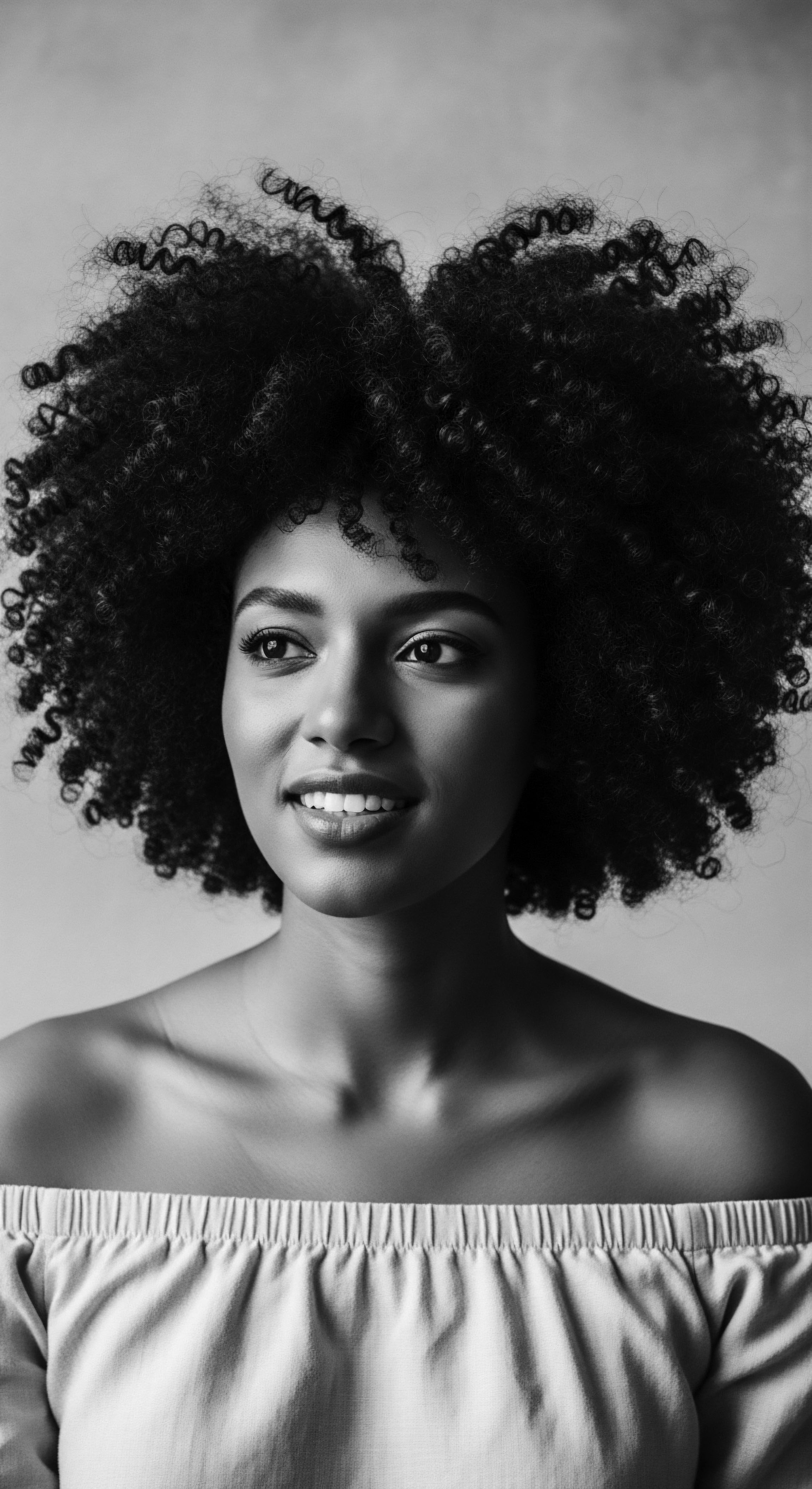
Rhassoul Clay as a Cultural Artifact and Economic Sustainer
Beyond its direct physiological benefits, Rhassoul clay holds a deep cultural and economic significance within the communities that have historically sourced and utilized it. The mining and preparation of this clay are not merely industrial processes; they are often artisanal endeavors, involving traditional methods of grinding, washing, and sun-drying that have been preserved through generations. This continuity of practice links contemporary users to a lineage of care that stretches back centuries.
In many Moroccan communities, the knowledge surrounding Rhassoul clay is a cherished heritage, passed down as a valuable form of ancestral wisdom. The clay is not just a commodity; it is a symbol of regional identity and a testament to the ingenuity of indigenous peoples in harnessing natural resources for well-being. Its inclusion in dowries for Moroccan brides, for instance, speaks to its high value and its role in cultural traditions.
The global interest in natural beauty products has brought Rhassoul clay to a wider audience, but it is imperative that this increased demand honors the traditional practices and communities from which it originates. Ethical sourcing and a recognition of the indigenous knowledge that has preserved its use are essential to ensure that the benefits of Rhassoul clay continue to circulate within its communities of origin, rather than merely flowing outward. This reciprocal relationship between the earth, its people, and the legacy of textured hair care forms a powerful narrative of enduring heritage.
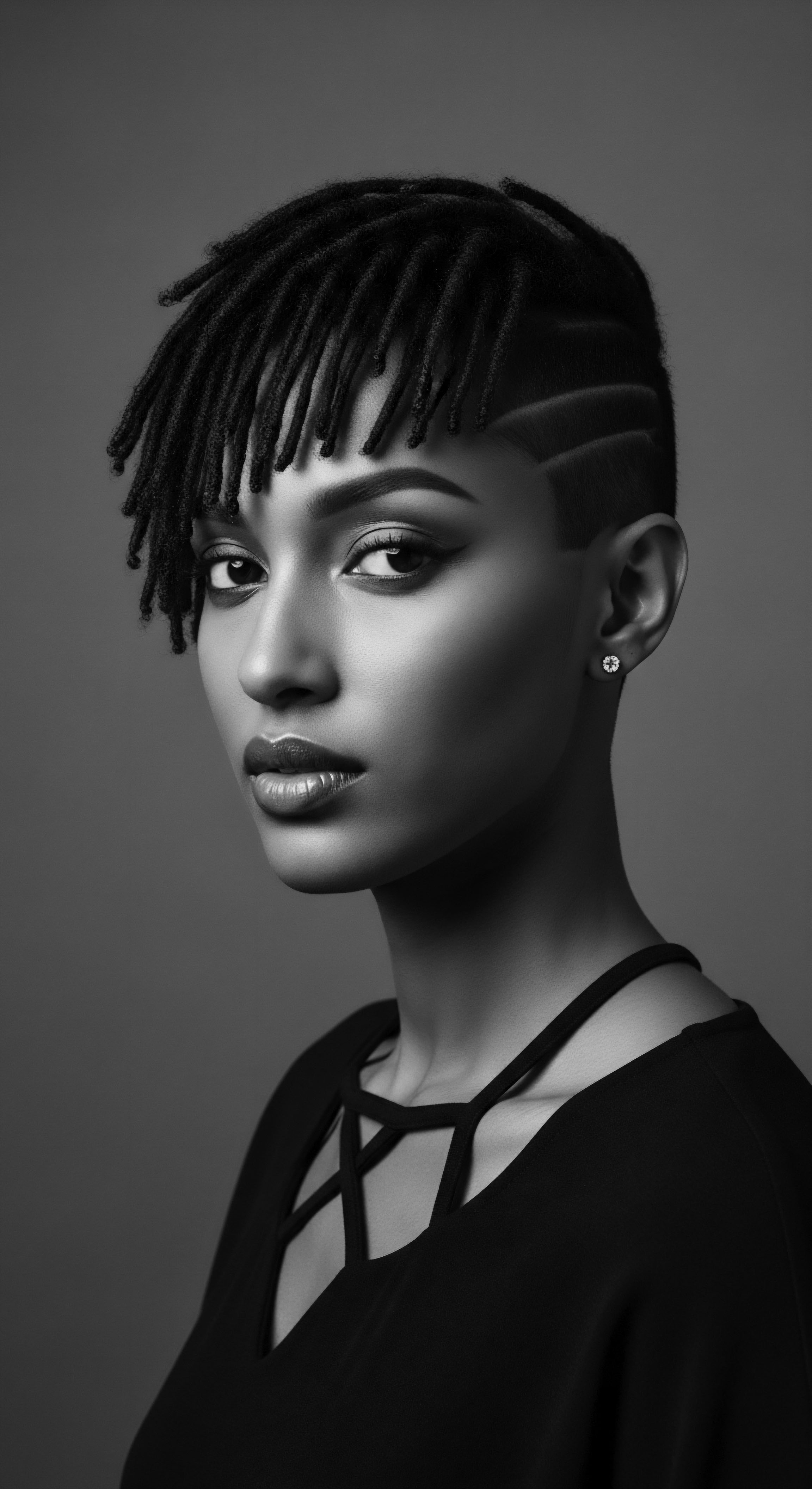
Reflection
As we conclude this exploration of Rhassoul clay and its enduring relationship with textured hair, we are left with a resonant understanding ❉ the journey of a strand is never solitary. It is a profound meditation on the interwoven destinies of earth, ancestry, and identity. Rhassoul clay, born from the ancient heart of the Atlas Mountains, stands not merely as a mineral compound, but as a living archive, a testament to the ingenuity and wisdom of generations who understood the language of their hair.
Its heritage, deeply infused with the rhythms of communal care and individual expression, reminds us that the quest for hair wellness is a continuation of ancestral dialogues. The very earth has always offered its gifts, and in recognizing Rhassoul clay’s historical benefits for textured hair, we honor a legacy that continues to shape our understanding of beauty, resilience, and the soulful connection to our past.

References
- Bussmann, R. W. Elachouri, M. & Kikvidze, Z. (Eds.). (2024). Ethnobotany of Northern Africa and Levant (Ethnobotany of Mountain Regions). Springer Nature Switzerland AG.
- Johnson, T. A. & Bankhead, T. (2014). Hair It Is ❉ Examining the Experiences of Black Women with Natural Hair. Open Journal of Social Sciences, 2(1), 86-100.
- Mouchane, M. Taybi, H. Gouitaa, N. & Assem, N. (2024). Ethnobotanical Survey of Medicinal Plants used in the Treatment and Care of Hair in Karia ba Mohamed (Northern Morocco). Journal of Medicinal plants and By-products, 13(1), 201-208.
